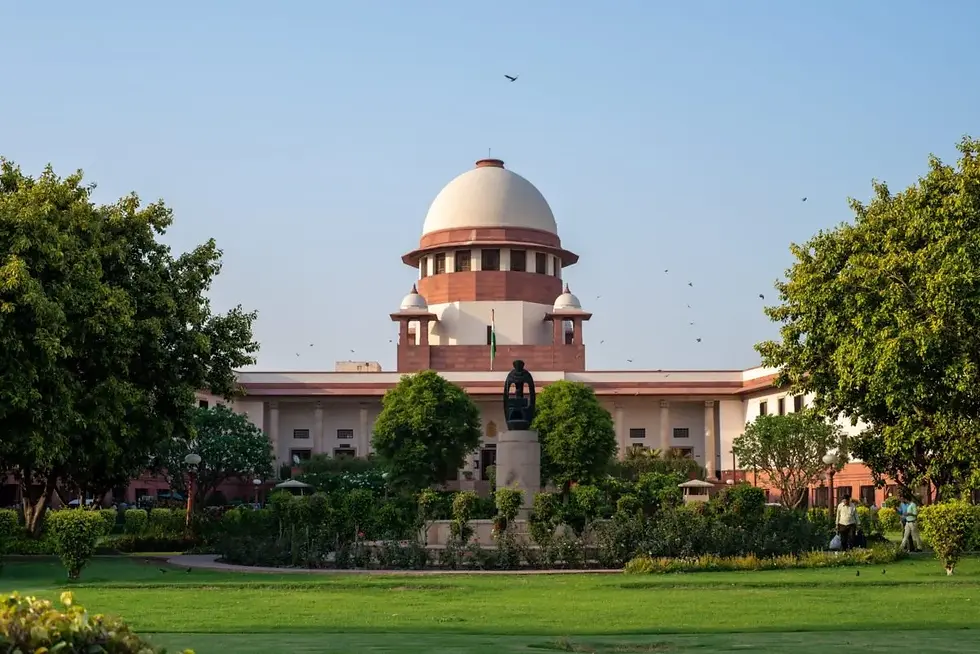Decriminalizing Same Sex Marriage- an Indian Perspective
- lawpioneerscontact
- May 30, 2023
- 2 min read
By: Risha Chaurasia

"We see these homosexual relationships not just as physical relations but
something more of a stable, emotional relationship. Legalizing same-sex
marriages requires us to redefine the evolving notion of marriage. Is the
existence of two spouses who belong to a binary gender a requirement for
marriage?" asked Chief Justice DY Chandrachud, in a court hearing over the
issue of decriminalizing homosexual marriages, under the Special Marriages
Act. The Special Marriages Act, of 1954 is an Indian act laying down the
procedure for recognition and registration of marriages between citizens of
differing religions, and now a public outcry has arisen for the inclusion of
same-sex marriages under the same act.
Several petitions were filed under the different personal laws and the SM Act.
However, the apex court only entertained petitions filed under the SM Act.
A bench of 5 Supreme Court judges was constituted that heard arguments
from over a dozen judges for 10 days. The petitioners sought an interpretation
and inclusion by extension of the SM Act of 1954, stating a right to access, on
equal terms, the social institution of marriage.’
They argued that restricting access to the holy institution of marriage solely
based on sexual orientation and gender identity, a characteristic beyond
control, violated constitutional guarantees of the right to equality, freedom of
expression and non-discrimination.
In response, the Central government argued that the ‘right to marriage’ is NOT
a fundamental right and that making decisions regarding marriage would be
legislative responsibility. The government set forth its concerns over the
possibilities of communal havoc and disruption of social peace in event of the
legalisation. They argued that the decision should be made by the Parliament,
the legislative body and not the Hon’ble Supreme Court. They further stated
that the SM Act dealt with marriages involving a ‘biological’ man and woman,
to which arose the argument about ‘there being no absolute man and woman’,
sparking heated debates.
The petitioners relied heavily on the gender-neutral phrasing of the act,
leveraging the ‘between two persons’ clause, and affirmed that legal sanction
of marriage ought to be succeeded by its social acceptance. In response to
the respondent’s argument of the inability to have kids by homosexual couples, they argued that procreation is an integral but not the sole purpose of
marriage.
The Central government further argued that legalising same-sex marriage
would have a domino effect on 160 other laws and affect over 72 gender
identities, a spectrum unidentifiable by the law. Making a decision affecting a
spectrum this wide lay within the domain of the Parliament.
After continual heated debate over the sanctity of India’s most sacred
relationship- marriage, the Supreme Court decided to reserve its decision and
decided upon issuing a constitutional declaration that Parliament may choose
to implement by enacting appropriate laws.
The face of a movement that spans continents, this case highlights the
constant struggle of the legal system to strike a peaceful balance between the
governments and their people and between a population of diverging
opinions. After all, isn’t the law just a balancing act?



Comments